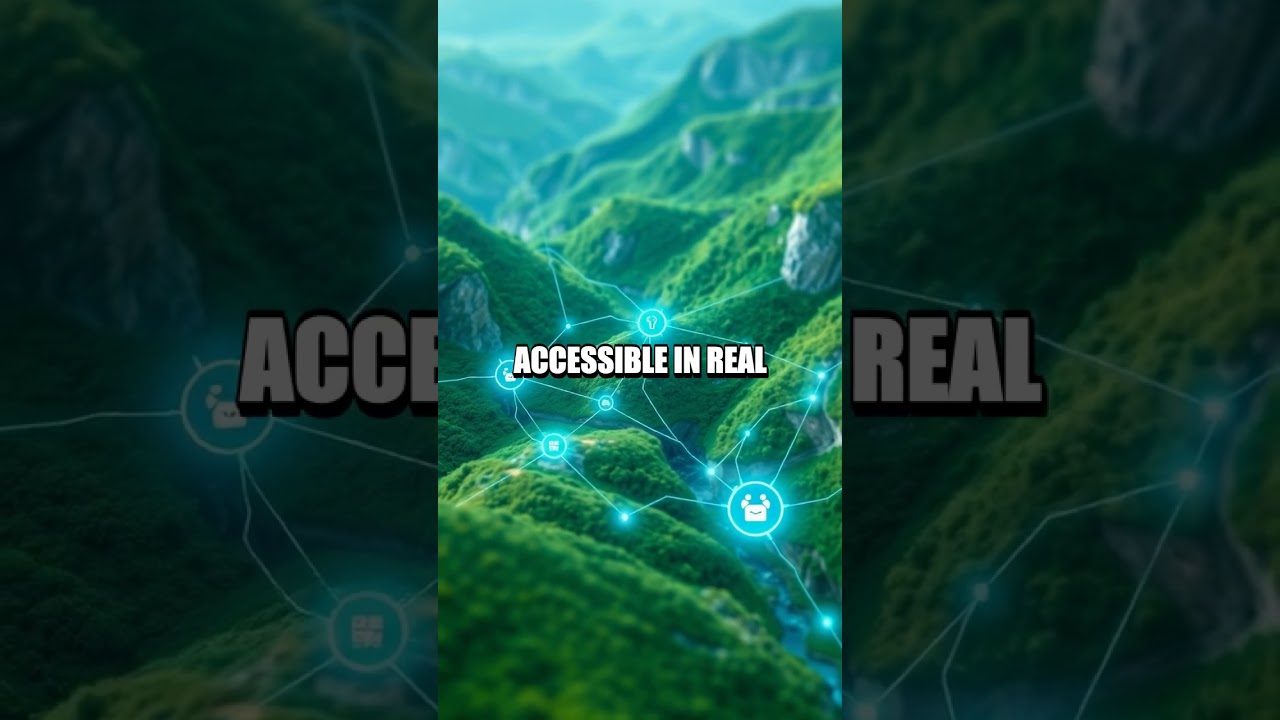Understanding Blockchain Technology
Blockchain is a revolutionary technology that functions like a digital ledger, allowing information to be recorded securely and transparently. In a supply chain context, it enhances both transparency and efficiency. Let’s break down these concepts further.
Key Terms
- Blockchain: A decentralized and distributed digital ledger that records transactions across many computers so that the record cannot be altered retroactively.
- Supply Chain: The entire system of production, processing, and distribution of goods, from raw materials to the end consumer.
- Transparency: The quality of being open and honest about business operations, allowing stakeholders to see information and processes clearly.
- Efficiency: The ability to do tasks with minimal waste of time and resources, maximizing productivity.
The Problem in Supply Chains
Supply chains often suffer from a lack of transparency. When products move from manufacturers to retailers, there are many steps involved. This complexity can lead to confusion, delays, and sometimes unethical practices such as fraud or poor labor conditions. As stated by a top industry expert:
“Transparency is the cornerstone of a successful supply chain. Without it, trust erodes and inefficiencies multiply.”
How Blockchain Addresses These Issues
With blockchain, every transaction is recorded onto the digital ledger, which can be accessed by any authorized participant. This significantly increases transparency across the supply chain. Here are some ways blockchain enhances transparency and efficiency:
- Real-time tracking: Every product’s journey can be monitored in real-time, reducing the chances of loss or theft.
- Immutable records: Once data is entered into the blockchain, it cannot be changed, providing a trustworthy account of product history.
- Reduced paperwork: Smart contracts—self-executing contracts with the terms coded onto the blockchain—can automate processes, leading to faster transactions.
Blockchain’s Impact on Supply Chain Efficiency
Real-World Applications
Several companies have already started implementing blockchain within their supply chains to great success. For example:
- Walmart: They use blockchain to track food products from farm to store, ensuring food safety and quality.
- Maersk: This shipping giant employs blockchain technology to facilitate document flow, reducing delays and increasing efficiency.
Challenges and Considerations
While blockchain offers many advantages, it isn’t without challenges:
- Integration: Existing supply chain systems may need significant changes to integrate with blockchain.
- Scalability: The speed at which transactions are processed can be a concern, especially in larger supply chains.
- Cost: The initial investment for implementing blockchain technology can be high.
As noted by a leading blockchain researcher:
“The true potential of blockchain lies in its ability to simplify and enhance the complexity of supply chains globally.”
The Future of Blockchain in Supply Chains
The future looks promising. Continued advancements in blockchain technology are likely to address its current challenges. More companies are expected to adopt this technology, ensuring not only enhanced productivity but also ethical practices throughout supply chains.
In summary, blockchain is transforming how supply chains operate by increasing transparency and efficiency. As we continue to explore and innovate within this field, the possibilities appear endless, potentially changing the way goods are produced, tracked, and delivered in the years to come.



